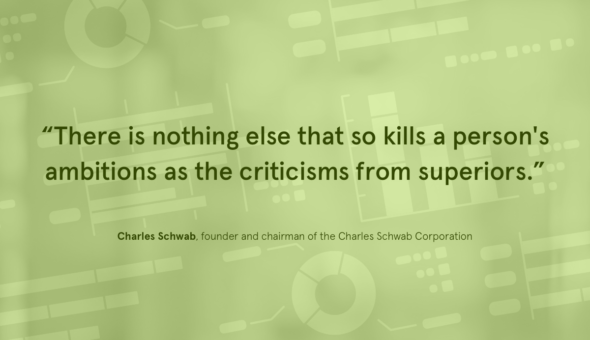Can we be real for a moment? Managing people is hard. One of the biggest challenges is keeping your team engaged and motivated while avoiding burnout, especially when managing a small but mighty team. Consistently high performance can lead to unrealistic expectations and additional responsibilities, taking away from that high performance. It’s challenging to pull back on workloads or task lists given the weight of responsibility marketing teams face in today’s higher ed landscape. But there are some small things you can do to ensure your team feels connected, appreciated and motivated.
Higher ed is not immune to the great resignation. People are leaving our profession for better-paying, more flexible positions. A big reason is the need for a feeling of value in their work, the feeling that higher ed is moving closer to being a results-only business, especially for enrollment management professionals.
A recent piece in the Harvard Business Review outlined seven ways leaders can make their employees feel respected. One particularly resonated with me when thinking of higher ed: Balancing “Getting Results” with a Concern for Others, essentially, balancing the bottom line with the human beings responsible for meeting it.
Below, I explore three ways higher-ed marketing leaders can help their teams avoid burnout.



